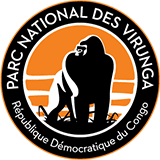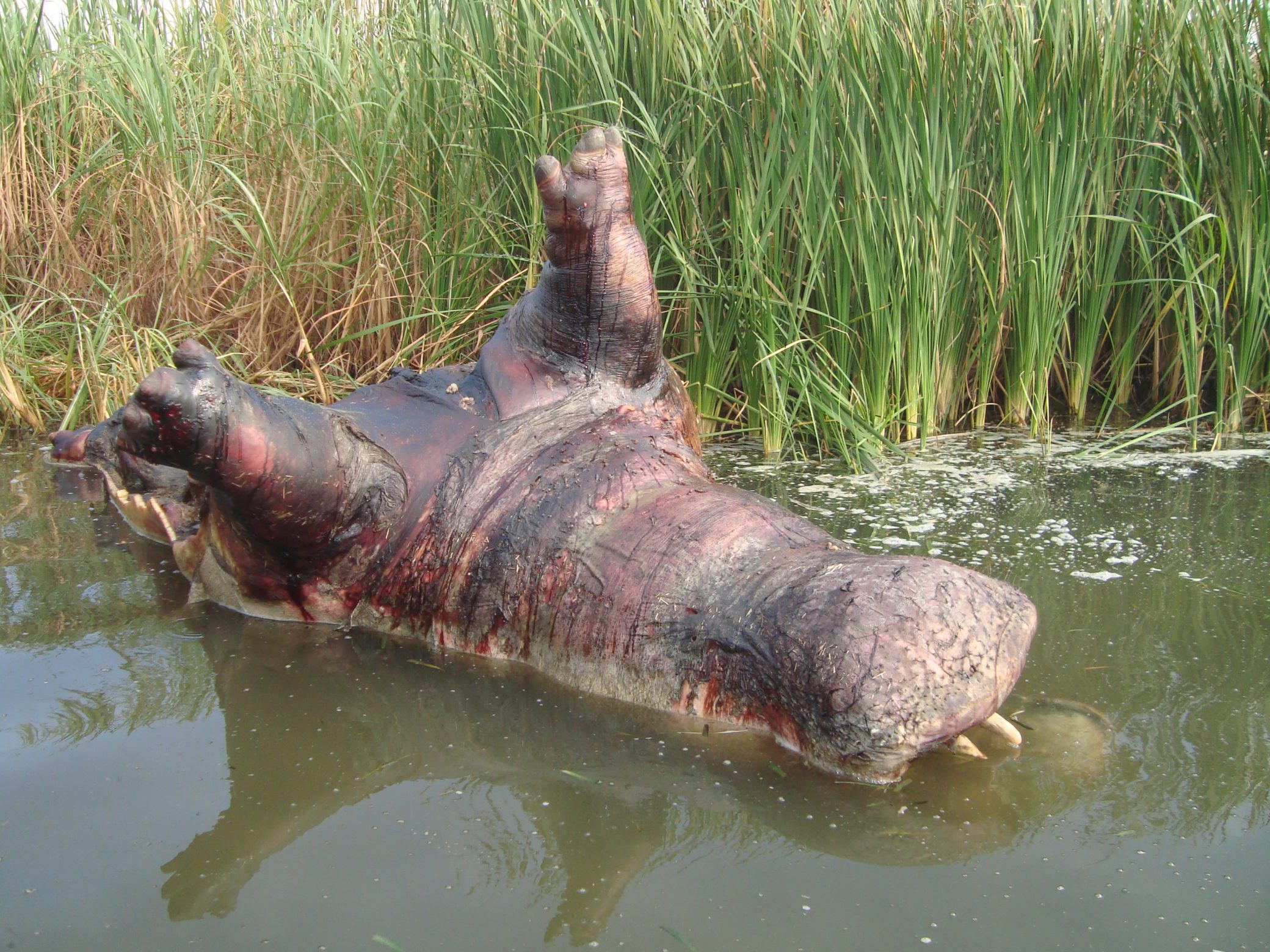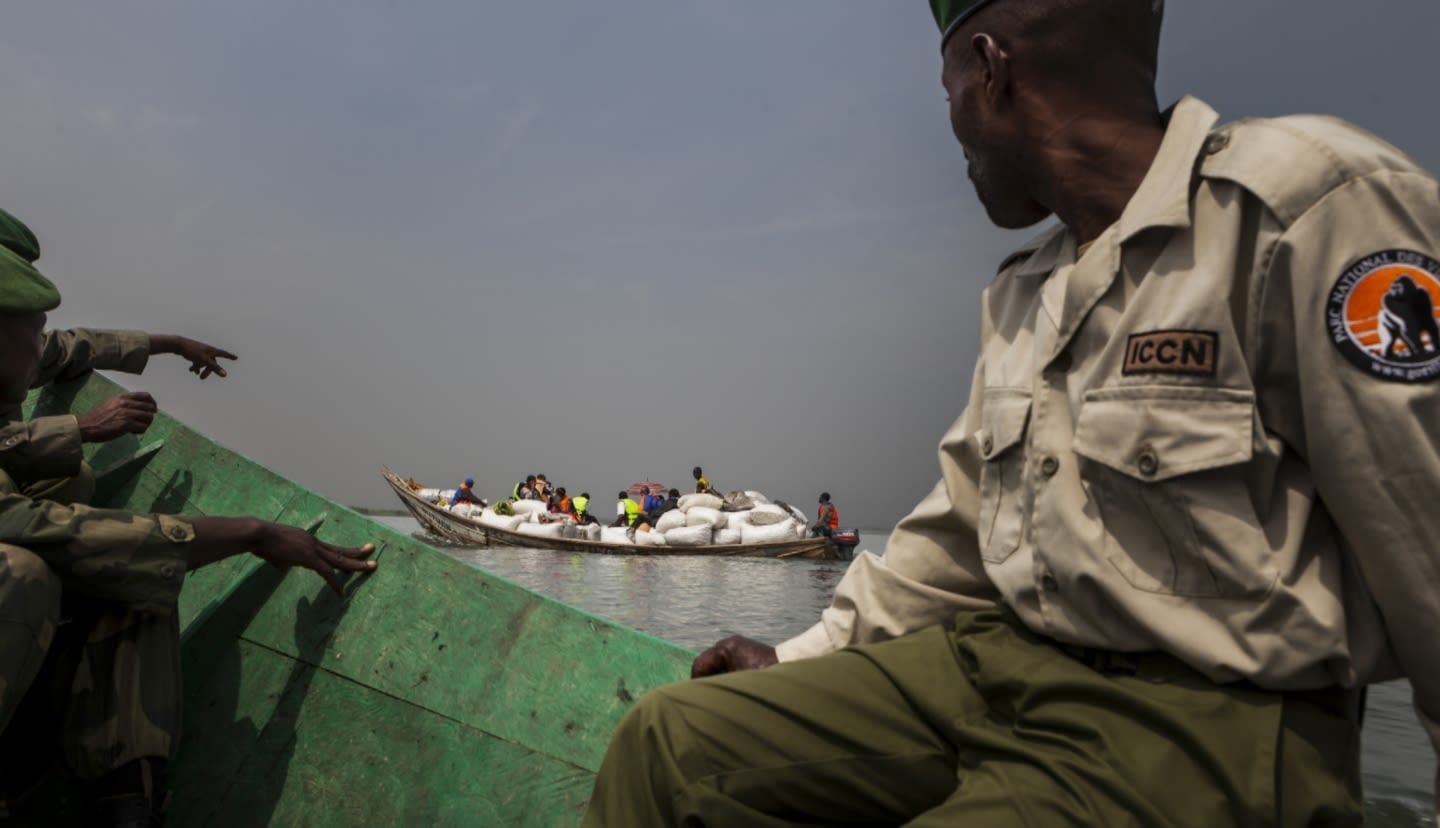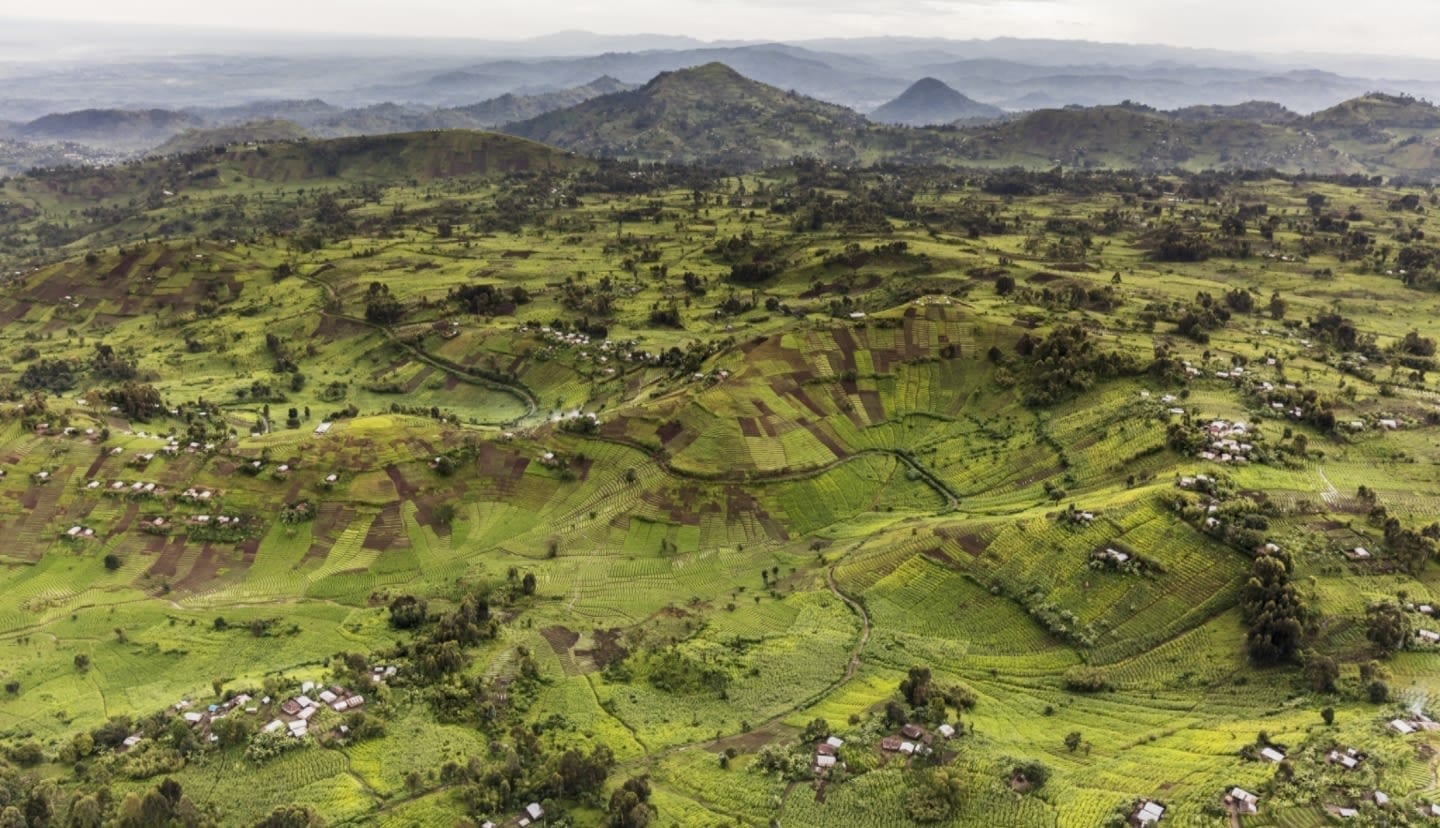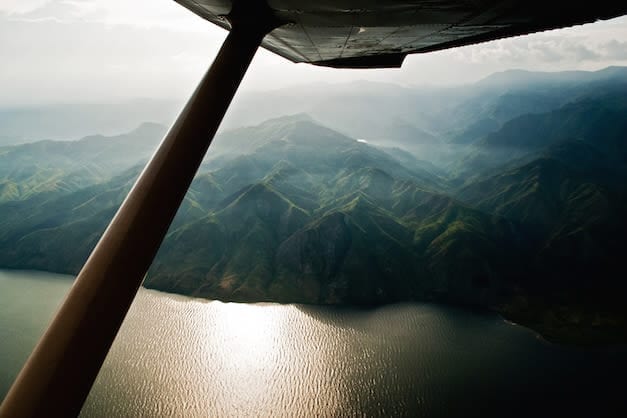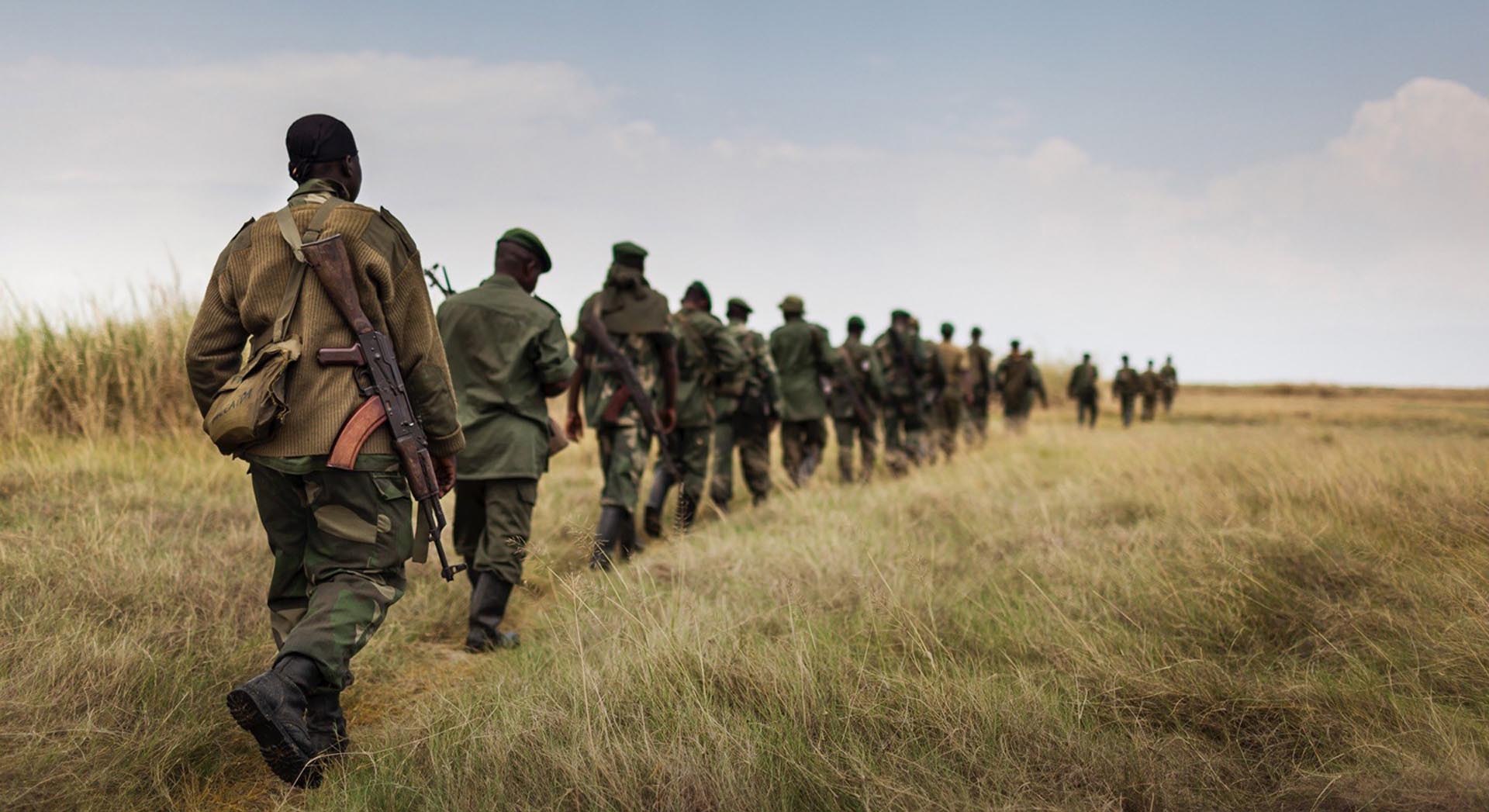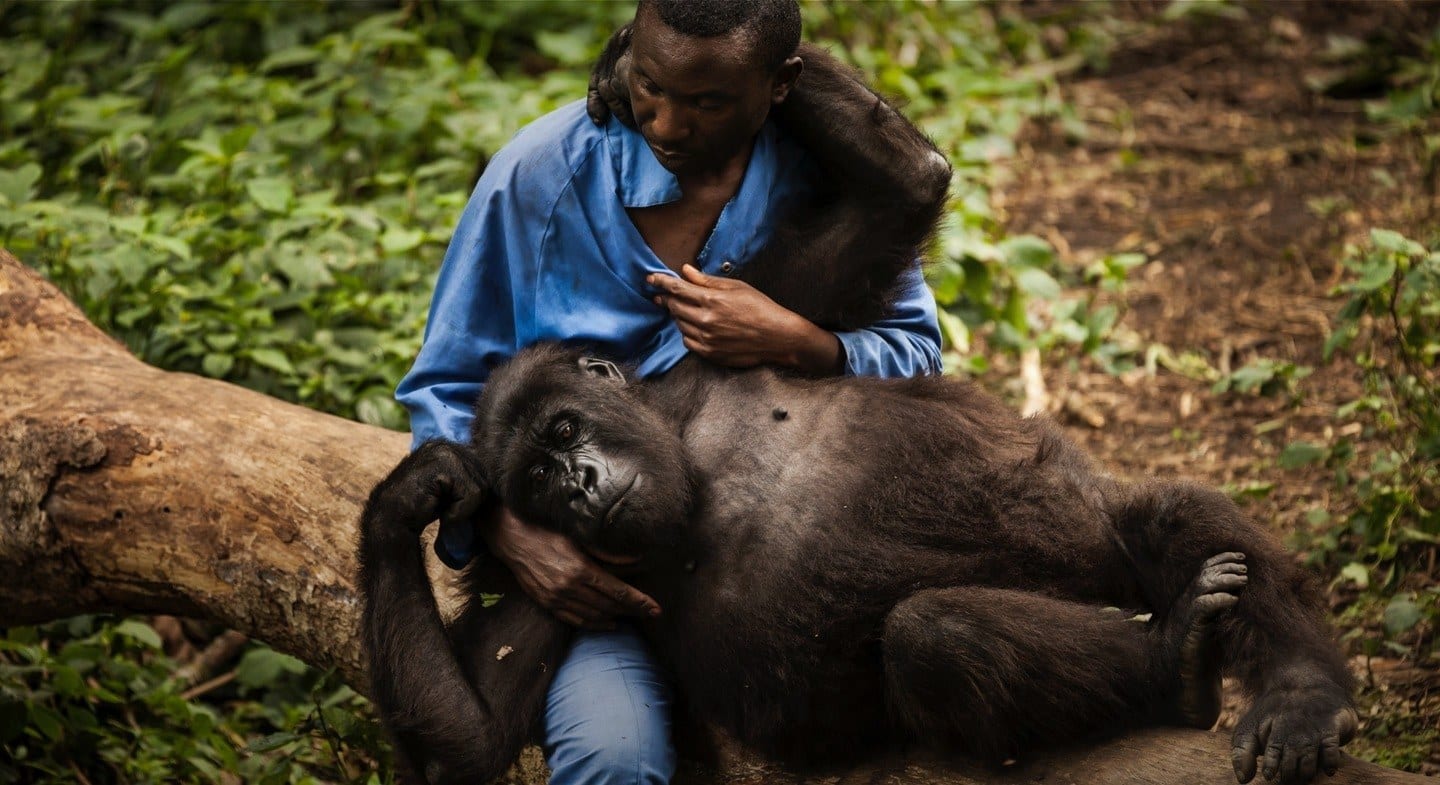Virunga National Park’s hydroelectric potential is estimated at 105MW. Four hydroelectric stations are currently operational.
Two small stations (0.35 MW and 1.4 MW) are in operation in Mutwanga, north of Lake Edward. They supply a distribution network of around 40,000 direct and indirect users.
The Rushuru I station (13MW), located in Matebe, supplies the Rutshuru Province, along with an extension of the line as far as Goma. Its distribution network supplies 300,000 direct and indirect users (by end of 2019).
The Luviro station (14.6 MW) will be put into operation at the beginning of 2020. The same size as Rutshuru I, it will supply Lubero Province and hopefully the town of Butembo. Its network will benefit 250,000 direct and indirect users.
The Virunga Alliance is aimed at stimulating economic growth and its activities are targeted at small and medium businesses. Their development is unfeasible without access to electricity as alternative energy sources (for example, solar power) do not meet their needs. Generators, beyond their environmental impact, are prohibitively expensive.
A system is in place to allow them to access financial resources which banks generally refuse to grant them. The beneficiaries can take out a loan which they repay at each purchase of electricity, which will have an average increase on the regular kWh price . They are therefore not obliged to pay a fixed sum at the end of the month and can repay their loan when they make a profit. By the end of 2019, 131 local entrepreneurs had taken advantage of the scheme. They have used the loans to finance mills, dryers, fridges, incubators, ovens, carpentry tools, welding units, oil presses, cement blocks and electrical equipment to name but a few. These businesses also invest in infrastructure projects.
Three industrial parks are currently being considered close to the hydroelectric stations. They will offer businesses an ideal environment for their development: a secure area with easy access to electricity and water along with setup infrastructure to help establish their business. Training and financial advice will also be offered to all businesses established in the industrial park.
Domestic connections are available to all households that request them. Electricity purchases are made on a prepaid meter, which encourages saving electricity. Electricity is however not a substitute for charcoal consumption during meal preparation. Solving the complex issue of the “Makala” will only be feasible through a range of measures: Changes in cooking habits, production of “eco-charcoal”, access to gas, improved hearths etc.
All inhabitants of supplied villages and neighbourhoods benefit from street lighting. Its impact is profound: social life in the evenings is extended and most importantly, security improves. This has particularly been relayed back by women, who are the main targets of kidnappings and rapes.
